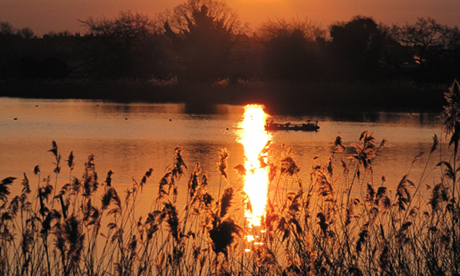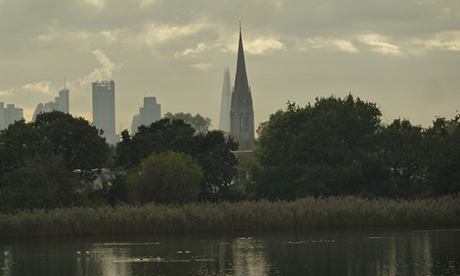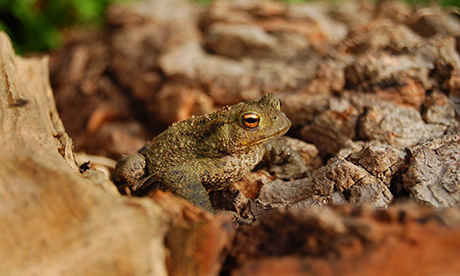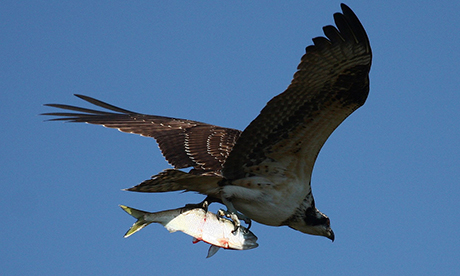‘Hidden’ wildlife havens of Stoke Newington and Walthamstow revealed
Ospreys could one day take up residence at large ‘hidden’ reservoirs being turned into major wildlife attractions by charity the London Wildlife Trust.
The magnificent black and white raptors, which plunge into the water to snatch large fish with their claws, were the focus of conservation efforts for decades after they were driven to virtual extinction in England by Victorian egg collectors.
Now their numbers are on the rise. They already nest in the Midlands and use the Lea Valley ‘green corridor’ to navigate as they migrate north from Africa, where they spend the winter.
They are among several iconic bird species that could be persuaded to make pit stops at the Walthamstow Reservoirs, which lie just north east of Springfield Park, as well as at Stoke Newington’s East Reservoir.
These reservoirs – largely hidden from view and unknown to most people – are already accessible to the public, but opportunities to visit them are not widely advertised. This could change if ambitious plans to turn them into fully-fledged attractions are realised.
“We’re not talking about decommissioning them,” says the London Wildlife Trust’s Regional Development Manager for East London David Mooney.
“But we are talking about improving the habitat and landscapes around the reservoirs for species like kingfishers, bittern, reed bunting, reed warbler and sedge warbler. We will be having discussions with Thames Water [the company that owns the reservoirs] about potentially trying to alter water levels in one or maybe more reservoirs and trying to attract some waders there maybe – species like plover and redshank that occasionally visit.”
The impetus behind the Woodberry and Walthamstow Wetlands schemes – the former is named after the adjacent Woodberry Down Estate – was the Trust’s appetite for giving nature a boost at sites that are already recognised as important features of our ecological landscape.
The Woodberry Wetlands scheme, which received Heritage Lottery Fund cash, is already underway, while Walthamstow Wetlands plans are in the early stages.
A Waltham Forest Council consultation on the project closed earlier this year.
David Mooney says the London Wildlife Trust is looking to “enhance the ecological value” of picturesque reed beds at the Stoke Newington East Reservoir by allowing them to double in size.
“If you come here and squint your eyes and look across the landscape on a beautiful frosty October morning, you could quite easily be in the Norfolk broads or the fens,” he adds. “The reed bed is significant in size enough to give people the feel of a wildlife haven or wetland.”
Other management techniques include letting grass to grow longer to enable wild flowers and nectar-rich plants to sprout, thereby helping invertebrate species including iridescent dragonflies and damselflies.
The Walthamstow Reservoirs, meanwhile, could become “one of the most significant urban wetland nature reserves in Europe, if not the world.”
London is already one of the world’s greenest cities according to backers of the Greater London National Park campaign, which wants the capital to be declared a national park so the delights of its wildlife can become a core part of its offer for tourists.
The Walthamstow and Woodberry Wetlands schemes are “clearly fantastic,” says Daniel Raven-Ellison, the campaign’s founder and a former Woodberry Down Estate resident.
“This statistic of there being 13,000 species of wildlife in London is incredible,” he says. “In fact, London is more ecologically diverse than very large proportions of the British countryside.”




